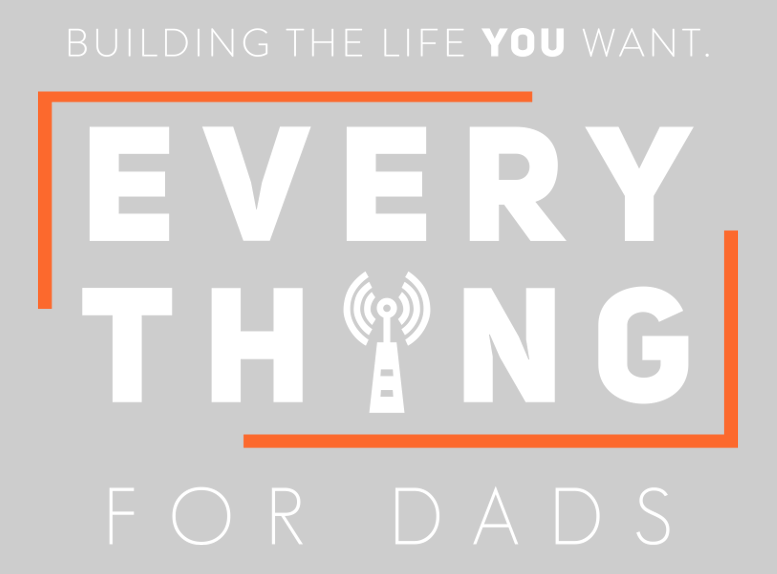College Savings For New Dads: Where To Stash Cash For Your Baby’s Future
So you just became a dad. Congratulations on the experience of a lifetime! You’re probably juggling diaper duty, midnight feedings, and figuring out how something so small can produce so much…laundry. But here’s a curveball: before you know it, that adorable little poop machine will be asking you for car keys—and most likely help with paying for college.
So, what’s a dad to do? Start now. Starting now is the most ubiquitous and true way to build wealth, and that applies for college savings as well. Even if you can only swing a little, a head start can turn nickels into diplomas. I’ve done the research firsthand, and here are the biggest strategies I’ve found that actually work. .
The Bright Start 529 Plan: Dad’s Secret Weapon
Think of the Bright Start 529 College Savings Plan as the Swiss Army knife of saving for college:
Tax perks: Money grows tax-free, and when junior spends it on tuition, books, or even a dorm meal plan heavy on pizza, withdrawals are tax-free too.
Flexibility: Use it for college, trade schools, even some K–12 costs.
Grandparent-approved: Family can chip in for birthdays instead of adding yet another stuffed animal to the pile.
Start when your baby’s still rocking onesies, and you’ll thank yourself when that 18th birthday rolls around.
The New “Baby Bonus” Idea: Trump’s $1,000 Deposit
One major law change floating around in politics: giving every newborn a $1,000 head start. This would be a great initial deposit for a 529; however, parents are also opting to use this for their new expenses associated with having a baby; hospital bills, formula, diapers, etc.
Old-School Options: The Classics
Not ready to dive into a 529? Here are the standbys:
Savings accounts: Safe, boring, and your kid’s college fund won’t vanish if the market has a bad day.
Certificates of Deposit (CDs): Slightly better interest, but your money’s locked away until the term’s up.
Custodial accounts (UGMA/UTMA): You control the cash until your kid turns 18 or 21. Just remember—once they get the keys, they can technically use it for anything (yes, even a drum set instead of tuition).
How Do They Stack Up?
529 Plans
If you’re serious about making college the finish line, a 529 like Bright Start is hard to beat. It’s like putting your money on a treadmill that actually gets faster over time. The growth is tax-free, the withdrawals for school are tax-free, and you can use it for tuition, books, and even dorm food (yes, even the questionable late-night burritos). Plus, Bright Start has low fees—so less of your hard-earned cash disappears into fine print. The catch? The money is pretty much earmarked for education. If your kid decides to skip college and become a rockstar or YouTube mogul, you’ll have to pay a penalty to use it for something else.
The Baby Bonus
This is like the government showing up at the hospital and dropping a crisp $1,000 into your diaper bag. Nice, right? The idea is to give every newborn a head start toward education costs. If it becomes law, it’s essentially free seed money for whatever plan you choose—especially if you drop it into a 529 to let it grow. But right now it’s only a proposal, which means you shouldn’t count on it just yet. Think of it as the “maybe one day” option—like hoping your toddler will nap longer than 20 minutes.
Traditional Accounts
Savings accounts, CDs, or custodial accounts are the comfort food of college savings—simple, predictable, and low-risk. You won’t see wild growth here; a savings account might grow slower than your kid’s Lego collection. But they’re flexible, meaning if you need the money for braces, a new minivan, or an emergency roof repair, you can tap into it without penalties. Custodial accounts even let you save and invest in your child’s name, but once they’re 18 (or 21 in some states), they take the wheel. Translation: you hope they use it for tuition, not tattoos.
Dad-to-Dad Advice
Save what you can, even if it’s the cost of a couple of craft beers each month.
Automate it. Out of sight, out of mind, and into your kid’s future.
Talk to grandparents. They’re often more excited to fund education than buy more baby socks.
Final Whistle
Here’s the truth: the “perfect” savings plan doesn’t exist. The best plan is the one you actually start. Whether it’s a 529, an old-school savings account, or a future $1,000 bonus, your baby will one day trade in rattles for textbooks—and you’ll be glad you thought ahead.

